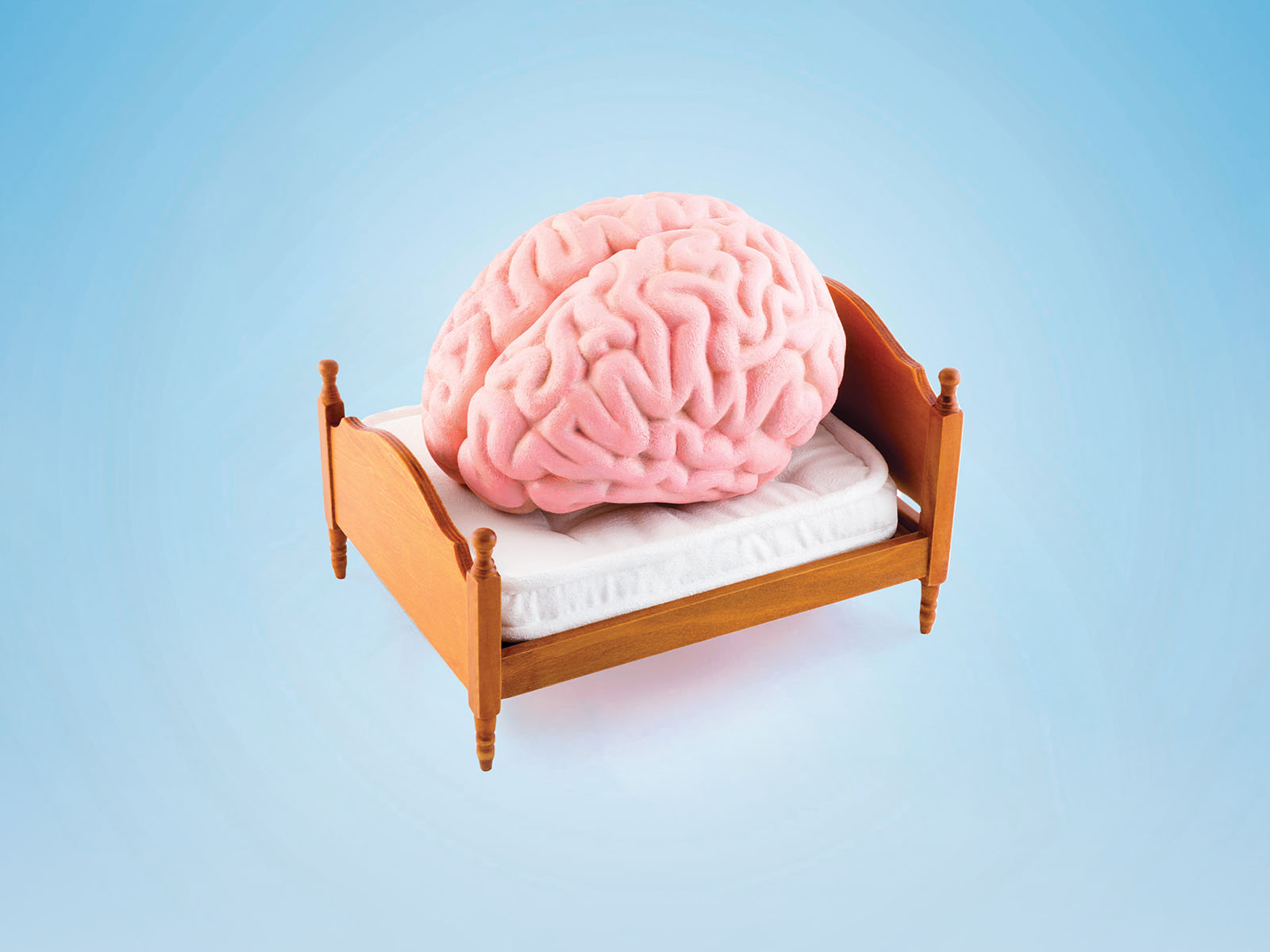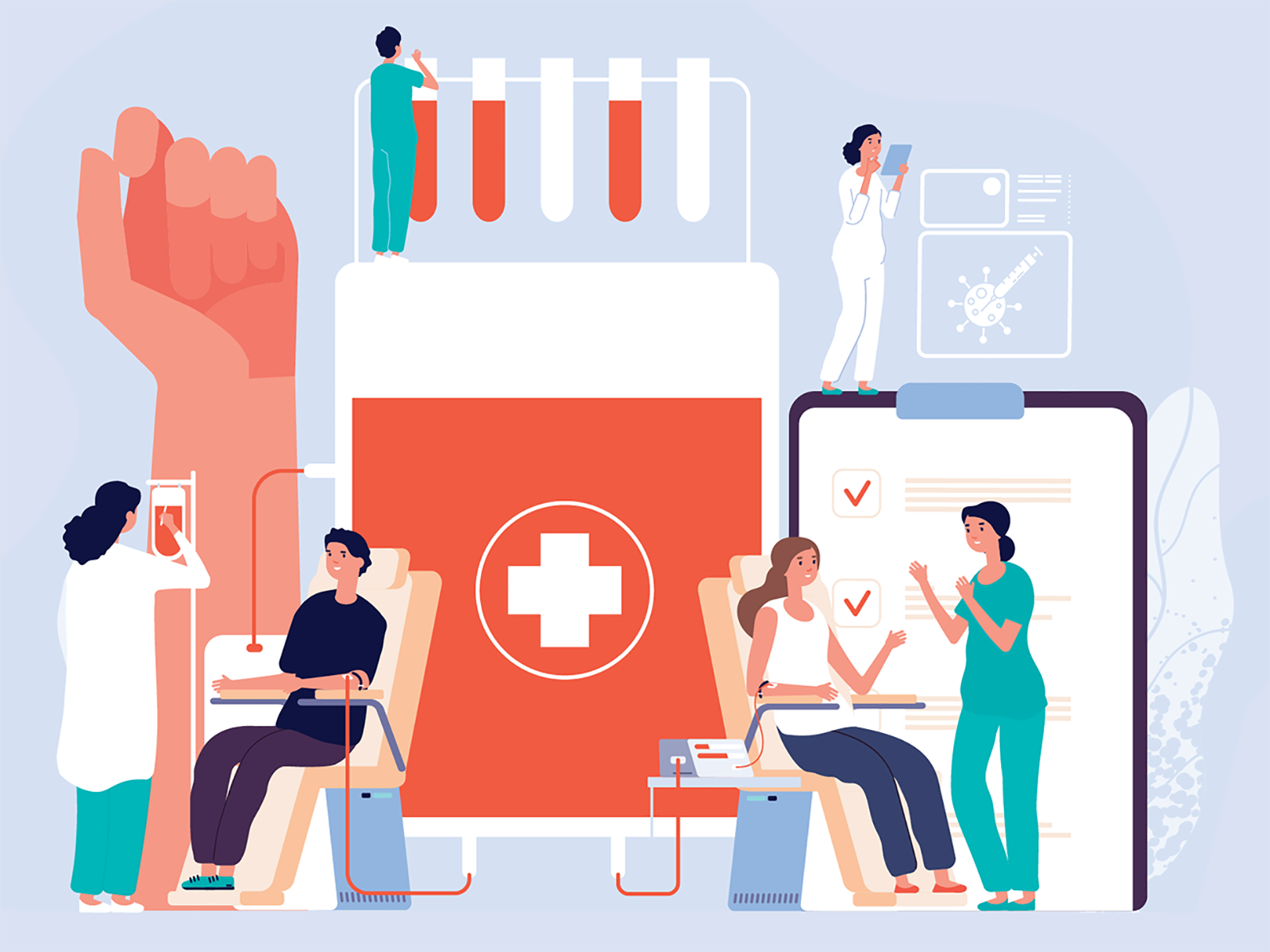
Issue 45
Jan 2023
SCIENCE OF LIFE
By Professor Michael Chee, Director, and Dr Ruth Leong, Research Fellow, Centre for Sleep and Cognition

A resurgence of interest in naps has accompanied growth in awareness about the importance of sleep in modern lifestyles. Naps are gaining attention as a potential avenue to compensate for inadequate nocturnal sleep and also as a tool to enhance learning and productivity.
Naps refer to periods of sleep occurring outside a main nocturnal sleep period. Such periods of sleep are taken voluntarily and should be distinguished from bouts of irresistible sleep in the day that are adverse in nature. Discretionary, mid-afternoon napping used to be common in Mediterranean, Middle Eastern and East Asian societies, but with the rapid spread of industrialisation, the practice has declined. Northern European societies who largely drive sleep research do not look favourably on napping in adulthood, and most research studies have used naps as a vehicle to study sleep processes. Such nap studies examine how a short period of sleep, compared to an equivalent period of wakefulness, can benefit cognition.
We recently conducted a meta-analysis of nap studies performed to date to clarify how the age of the napper, nap duration, nap timing as well as the preceding night’s sleep affect the cognitive benefits of napping.
Naps of at least 30 min benefit cognition across a range of cognitive tasks
Our analysis covered results from 60 experimental studies performed on healthy people that compared cognitive performance between a group that took a nap and a group that stayed awake for the same duration. Across different types of tests, the benefits of naps were significant, and effects were the strongest for vigilance and memory. ‘Declarative memory’, referring to the type of memory whose contents can be verbalised (i.e. facts or images), is the most studied class of memory in nap studies. Vigilance has also been frequently studied because its degradation following sleep restriction is robust. Vigilance enables us to minimise momentary drop outs, which we often encounter when attending meetings in the afternoon.
Naps ranging from 30 to 120 minutes, and between 12 noon to 4 pm all showed benefits. Most people may find 30 minutes to be the most practical duration to schedule a nap. Most persons experience a mid-afternoon dip in alertness accompanied by increased sleepiness at around 2pm. This dip can occur even when one has gotten adequate sleep the night before and is primarily a result of circadian regulation of sleepiness rather than a ‘post-prandial’ dip.
The ability to nap varies across adults. Some find it difficult to nap even when fatigued. Although one work has suggested that non-habitual nappers fare worse than habitual ones if they are made to nap, other studies suggest that naps are beneficial regardless of whether one has a regular nap habit.
Naps are beneficial for teens and young to middle aged adults
Sleep patterns change with age. A young child needs more sleep than an old adult and napping is very common as a result. With maturation, sleep tends to consolidate into one main nocturnal sleep period such that from adolescence into at least mid-life, it is possible to stay awake all day without a nap if one has adequate night-time sleep. However, napping in the afternoon shows consistent benefits on cognitive performance in teens as well as young to middle aged adults.
But older adults may not benefit from long naps
There were too few experimental studies performed in older adults to draw conclusions about cognitive benefits. However, multiple studies do indicate that in older adults (~60 and beyond), long naps of >1h have adverse associations. Persons who habitually take such long naps are at greater risk of greater cognitive decline and cardiovascular disease. In such persons, underlying neurodegeneration that affects cognitive abilities is accompanied by degraded control of circadian function. The latter results in poorer sleep at night and increased daytime sleepiness. Many existing epidemiological studies do not separate discretionary naps from such involuntary bouts of daytime sleep. Future work is needed to help distinguish the outcomes that result from these two different types of ‘naps’ in old adults.
Should we schedule naps into our day?
The fact that naps have endured in different societies for centuries begs continued inquiry into how they may be adapted to 21st Century life. A compelling reason for supporting napping is that an increasing number of persons are not obtaining adequate nocturnal sleep. While it is easy to dispense sleep hygiene recommendations that specify ideals for duration, timing and regularity, adherence is a totally different proposition and it is that which matters most.
Results from 60 experimental studies showed that the benefits of naps were significant, and effects were the strongest for vigilance and memory. Napping in the afternoon shows consistent benefits on cognitive performance in teens as well as young to middle aged adults.
A recent study we conducted with the Health Promotion Board offering incentives for persons to meet sleep goals taught us that many young adult Singaporeans do value sleep but feel that even with incentives, their entrenched habits are difficult to transform without additional support.
While it is ideal to obtain sufficient nocturnal sleep, another branch of our lab’s work has shown that for cognitive performance, split sleep schedules comprising shorter-than-ideal nocturnal sleep combined with a 90-minute mid-afternoon nap opportunity, will boost alertness and memory encoding compared to having even a night of adequate sleep. It is presently unclear if this comes with the trade-off of increasing risk of diabetes mellitus.
A number of prominent politicians have gone public about their penchant for naps. With increased understanding about how napping works, and a growing societal will to improve sleep health, it may be time to consider scaling up an old habit.
More from this issue

ETHICALLY SPEAKING
Resolving Conflict over Vaccinated Blood


